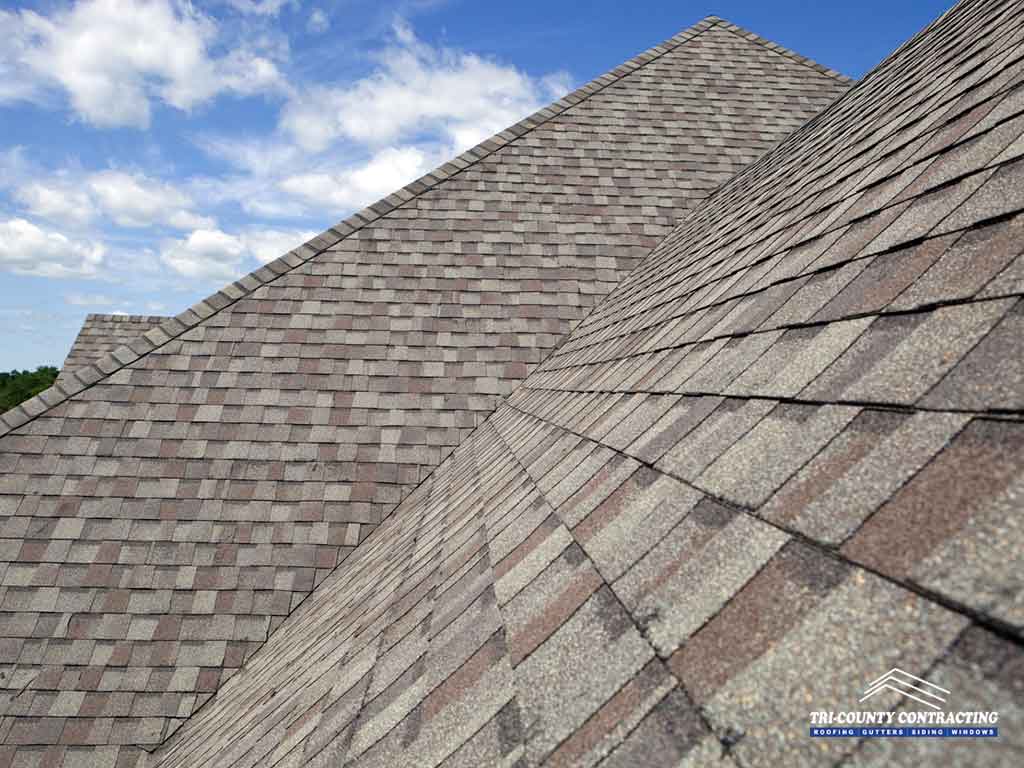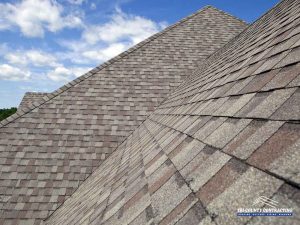When you’re having a roof replacement project done in your home, your contactor will need you to make a few decisions regarding the details that make up your roofing system. One important detail that you need to decide on is the method of flashing that will be used to seal the valley areas of the roof. You often have two choices: closed or open. But what exactly is the difference between the two?
Closed Valley
Before your shingle roof assembly is installed, your roofer will install an underlayment over the roof deck. Afterwards, a self-adhering ice and water shield will be incorporated into the underlayment. This self-adhering underlayment will act as the valley lining.
If you decide on a closed valley, your exterior services provider will install the shingles on the roof’s deck and extend the asphalt shingles through said valley to cover or close the valley area. Once that’s done, the valley will be covered with shingles so the underlayment is completely covered with it, becoming the valley lining that protects the roof against water run-off.
Open Valley
On the other hand, an open valley adds another lining layer into the valley. Once the self-adhering underlayment is installed, a pre-bent metal valley lining will be installed. After the shingles are installed over the roof deck, the shingles will once again be extended into the valley, but this time, they won’t run through the valley area. Instead, the shingles are cut out of the valley area, which opens the surface of the valley lining to water run-off and the environment.
Make your search for a roof repair expert easier by turning to Tri-County Contracting. When it comes to roof installation and replacement services, we are the leading professionals in the area. Give us a call at (262) 679-6100, or fill out our contact form to get a quote. We serve homeowners in Waukesha, WI, and other nearby areas.





